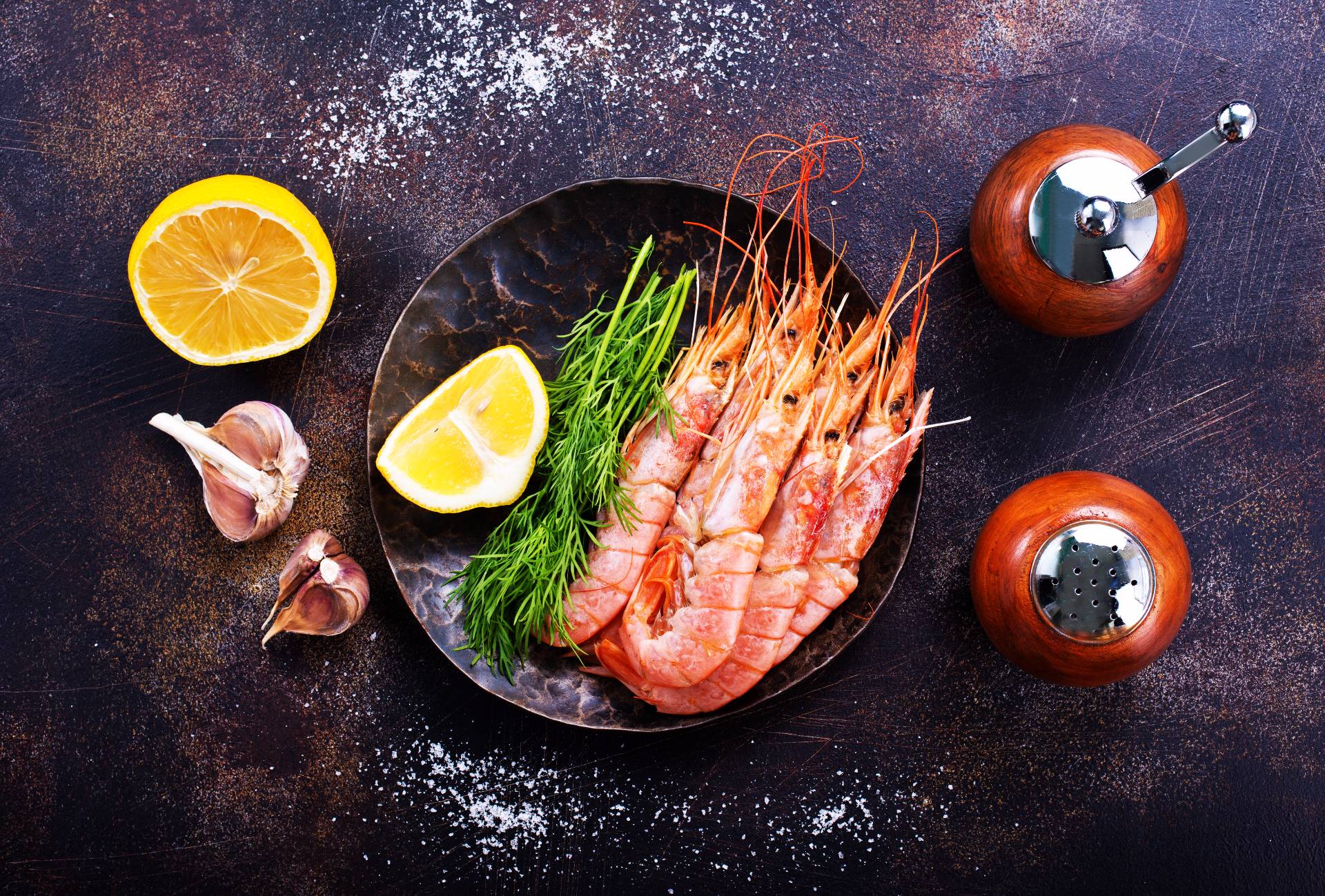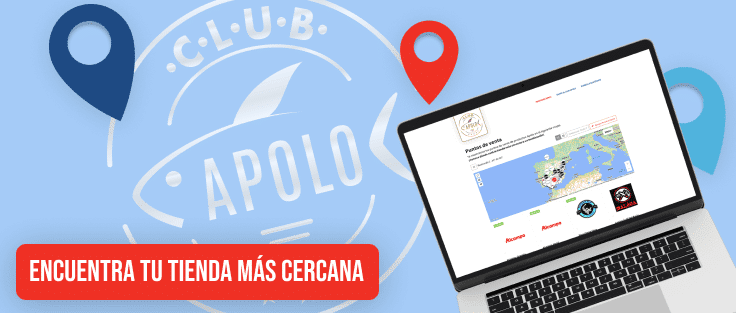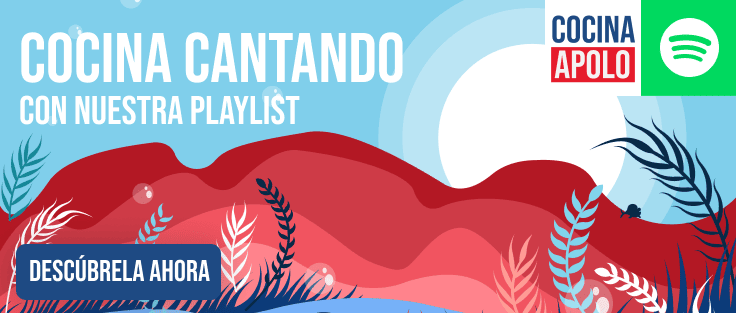Today we explain the difference between the langoustine and the prawn. Have you ever wondered why it is so common to see them on the Christmas menu?
In biology
The big difference between these two crustaceans is the claws. From Spain, one of the largest producers and consumers of seafood in the world, it may seem strange, but in some languages, such as English or French, for example, not too many distinctions are made between the types of crustaceans. Decapod crustaceans are grouped into those with and without claws. Thus, in English the Norway lobster is known as ‘norway lobster’ and in French the prawn is called ‘crevette’, which is the same name used for shrimp. Perhaps it is precisely this richness in the maritime language that makes few people know this great difference between the Norway lobster and the prawn.
It is not accessible to everyone to film a Norway lobster in the wild because they can live at depths of up to 800 meters. They also live in burrows that they dig themselves and only come out to feed at dusk.
In cooking
Because they are similar in size, when presented with just the meat we can confuse these two animals. Sometimes we need a lot of practice to distinguish these animals. Even more so to distinguish the different species or origins of them. However, the learning process is undoubtedly one of the most pleasurable that exist.
Both options are a real treat from the sea. This Christmas, like any other, is an ideal occasion to enjoy them.
At Christmas
Do you know how and why these two crustaceans became part of the Spanish Christmas menu? It turns out that we became accustomed to buying seafood for Christmas because our marine resources were exploited for those dates for commercial purposes. We are talking about the end of the 19th century. Families could then afford the prices of both a Norway lobster and a sea bream. There was no special difference in the price of these two either. However, our products began to be appreciated abroad as well. For a long time they became a jewel, a luxury that was difficult for us Spaniards to access.
However, in the 1960s everything changed thanks to the arrival of frozen products. Frozen products made it possible to import seafood from all over the world at a better price. It was then that we began to see more and more langoustines and prawns on the tables of Spaniards, who had been so eager to taste them for years. However, prawns are perhaps more famous than langoustines. The meat of the langoustine, also for a question of price, of course, is considered more select.





